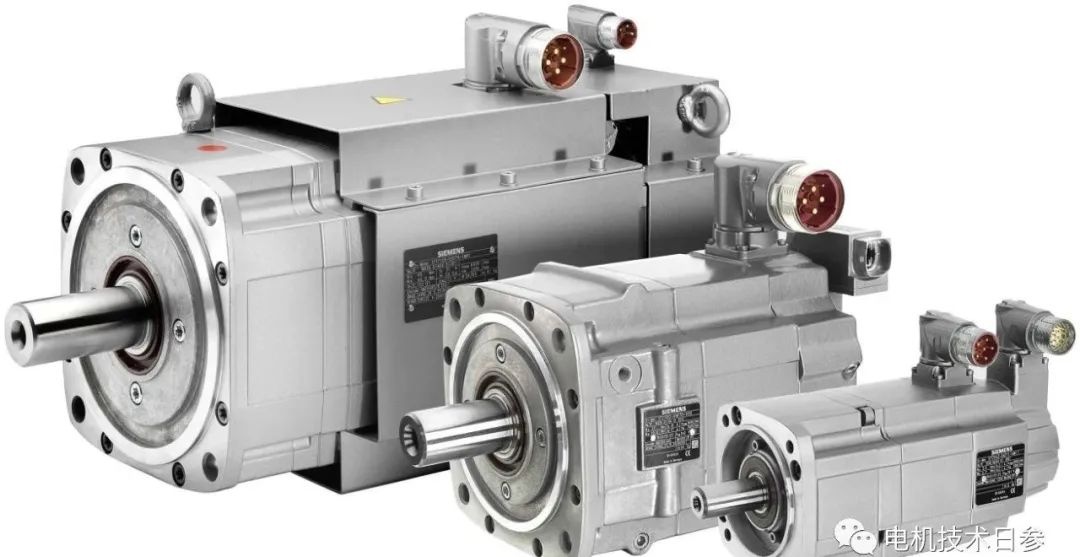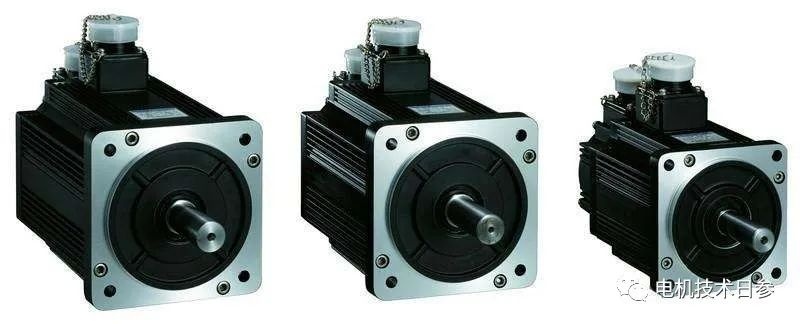Application and working principle of servo asynchronous motor
Servo motors are used in many fields, such as CNC machine tools, printing equipment, packaging equipment, textile equipment, laser processing equipment, robots, automated production lines and other equipment that require relatively high process accuracy, processing efficiency and work reliability. servo motor.Servo motors, also known as executive motors, are used as actuators in automatic control systems to convert received electrical signals into angular displacement or angular velocity output on the motor shaft. Servo motors include two types of DC and AC, and their main characteristics are that there is no self-rotation phenomenon when the signal voltage is zero, and the speed decreases at a uniform speed with the increase of torque.
Servo motors, also known as executive motors, are used as actuators in automatic control systems to convert received electrical signals into angular displacement or angular velocity output on the motor shaft. Servo motors include two types of DC and AC, and their main characteristics are that there is no self-rotation phenomenon when the signal voltage is zero, and the speed decreases at a uniform speed with the increase of torque.
AC servo motors are widely used in automatic control systems. The more commonly used AC servo motors are small or miniature two-phase asynchronous squirrel-cage rotor motors. The stator of the motor is equipped with two windings with a difference in electrical angle of 90 degrees in space. One winding is the excitation winding, which is generally connected to the grid with constant voltage; the other winding is the control winding, which is connected to the control voltage, and the control voltage and the excitation voltage have the same frequency.

The stator winding of the servo motor is somewhat similar to the working winding and the starting winding of the single-phase motor. The main difference is that the control voltage of the servo motor is a changing value. When the control voltage is zero, there is only one pulsating magnetic field in the air gap of the motor, and there is no starting torque, so the rotor of the motor is in a static state; when the control voltage is greater than zero, an elliptical rotating magnetic field is generated in the air gap of the motor , so the motor rotates because of the starting torque.
The electromagnetic torque in the motor is determined by the size and phase of the control voltage. Therefore, by adjusting the size and phase of the control voltage, the starting, braking, rotation and speed change of the motor can be realized according to different needs. The size and phase of the control voltage are the most important factors. The main variable of the electromagnetic torque of the motor can be controlled by simply adjusting one variable and two variables or simultaneously.

We can use simple constant value control, that is, the amplitude of the control voltage remains unchanged, and it is carried out by changing the phase of the control voltage; Of course, it is also possible to use the method of changing the amplitude and phase of the control voltage at the same time.
In order to improve the precision and high efficiency of servo motors, most modern servo motors are permanent magnet motors. In the automatic control system, in order to avoid misoperation, it is required that the motor can automatically and immediately stop when the control signal disappears, which is also the advantage of the servo motor.



























 XINDA
XINDA